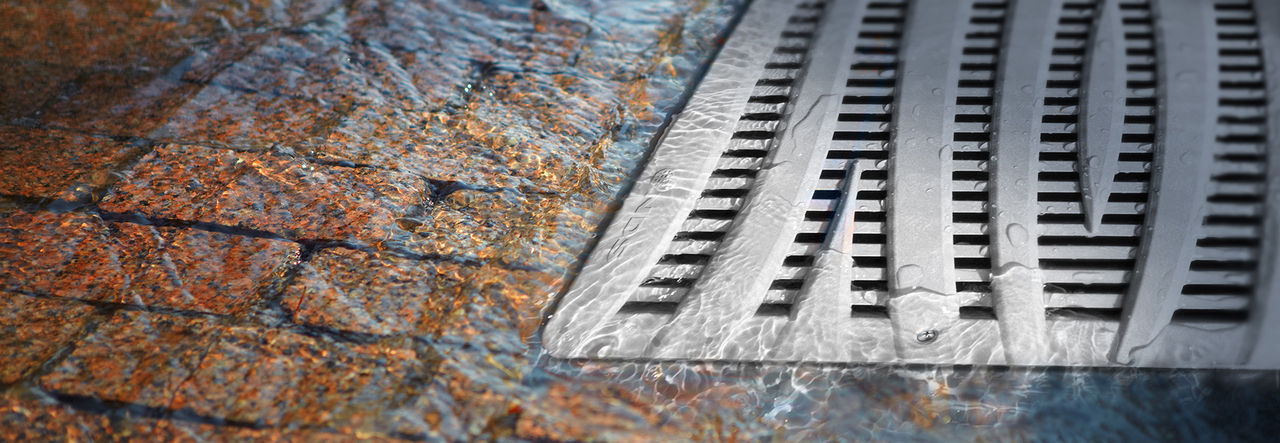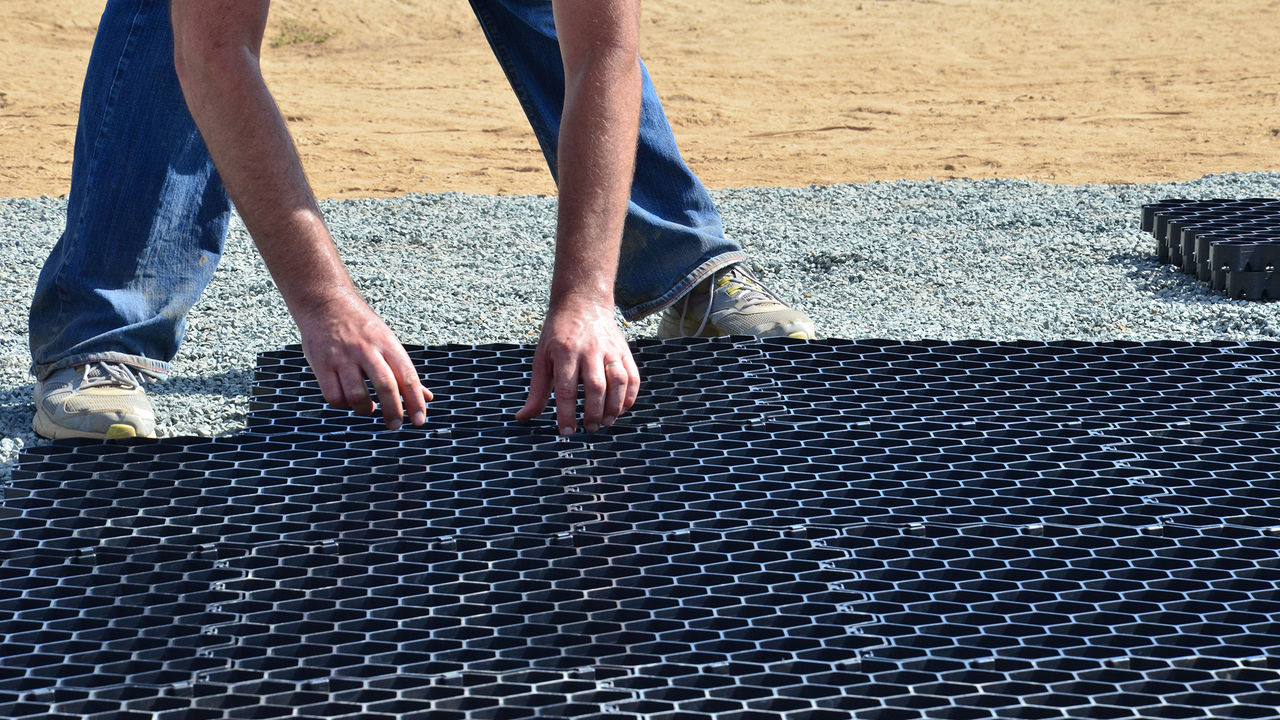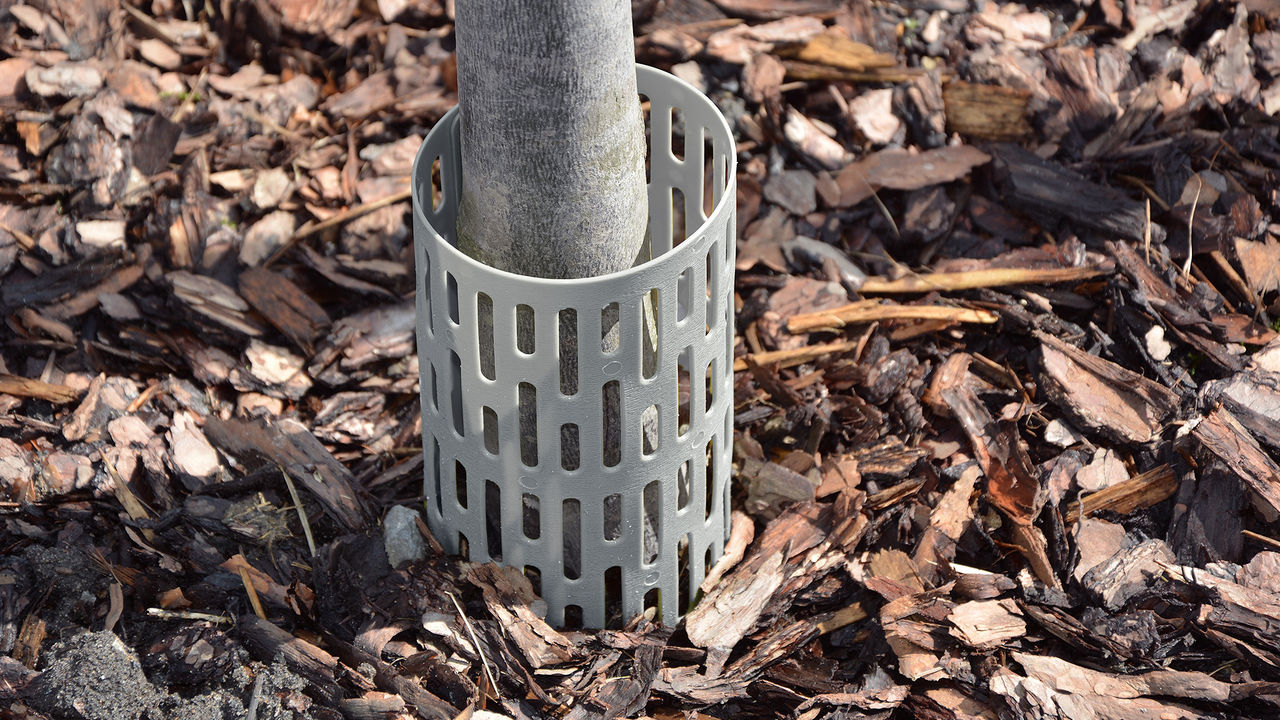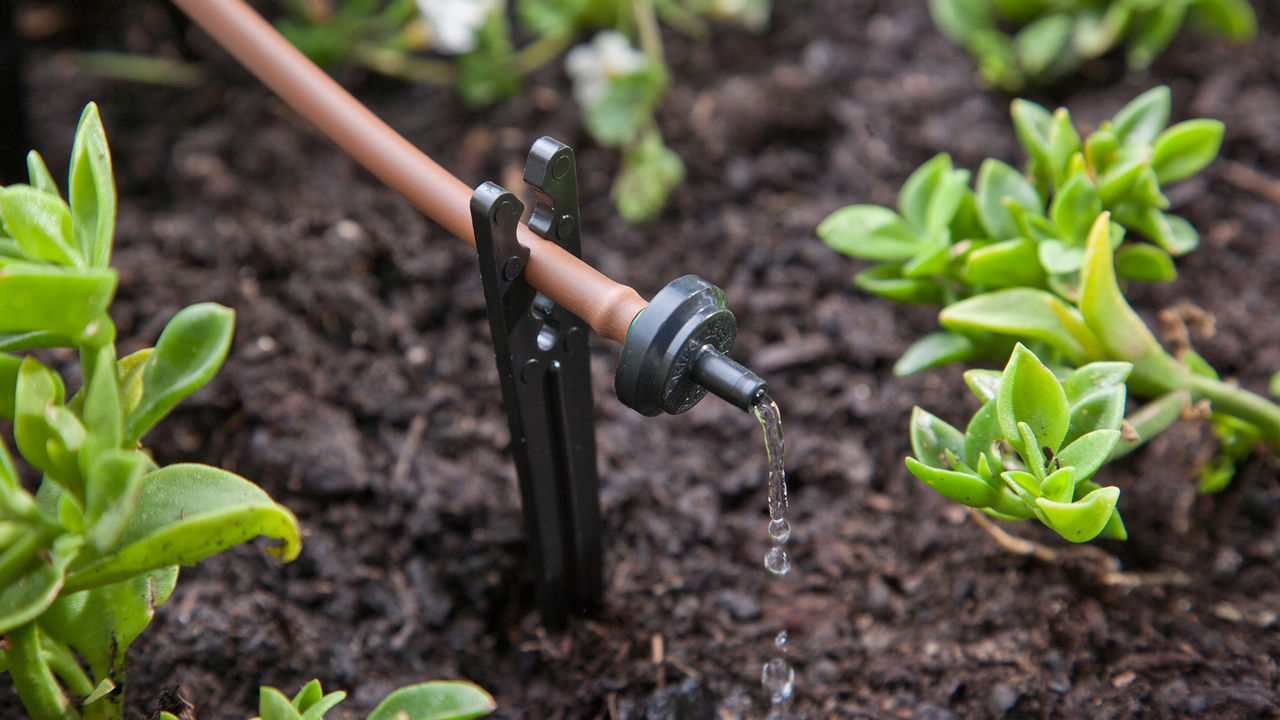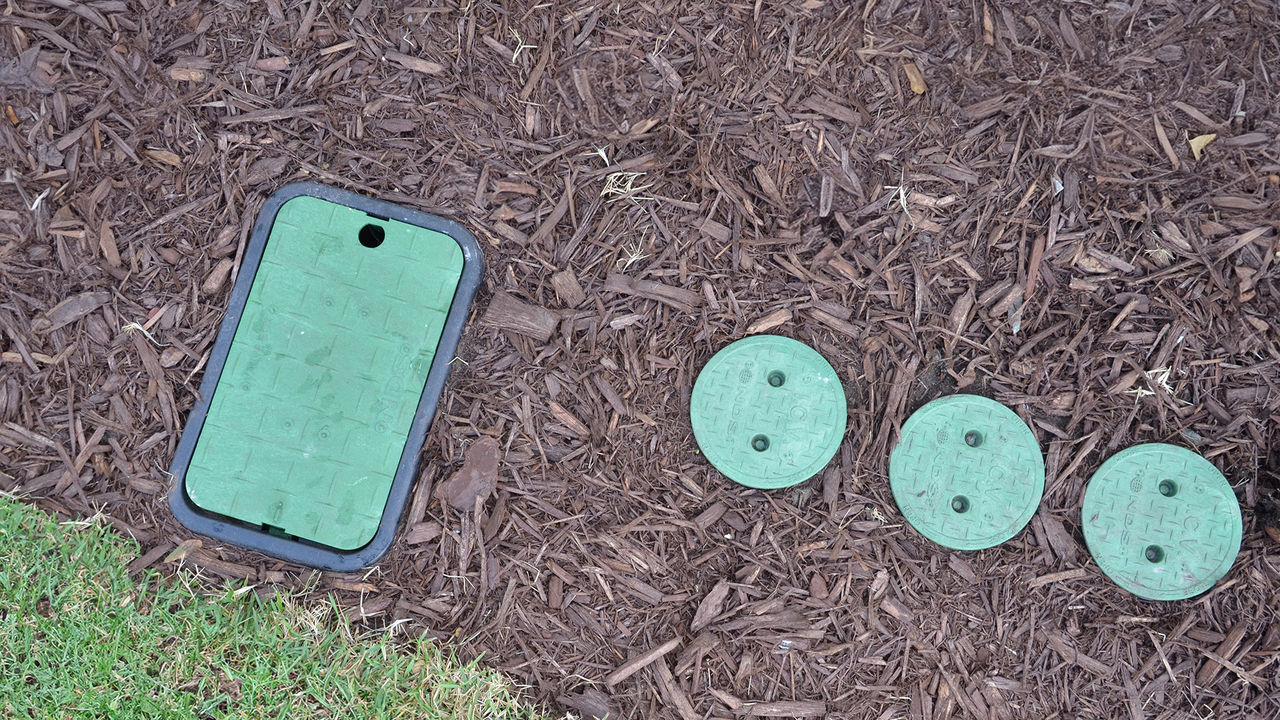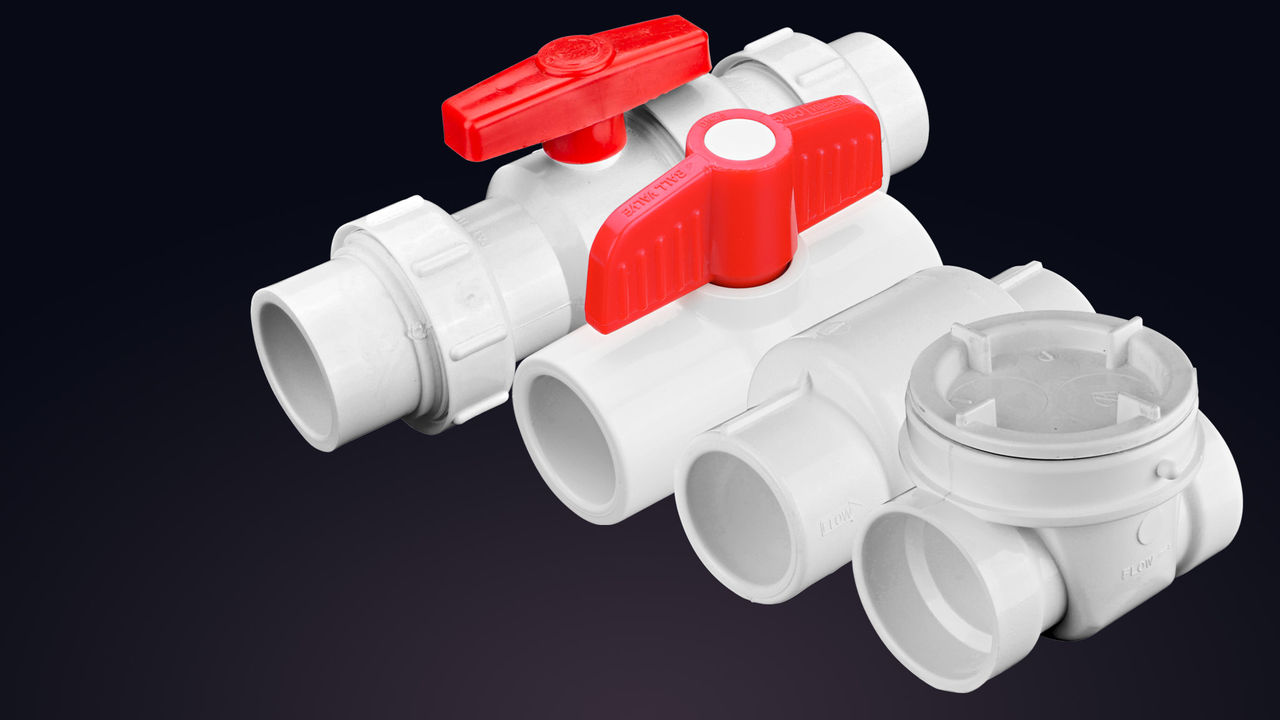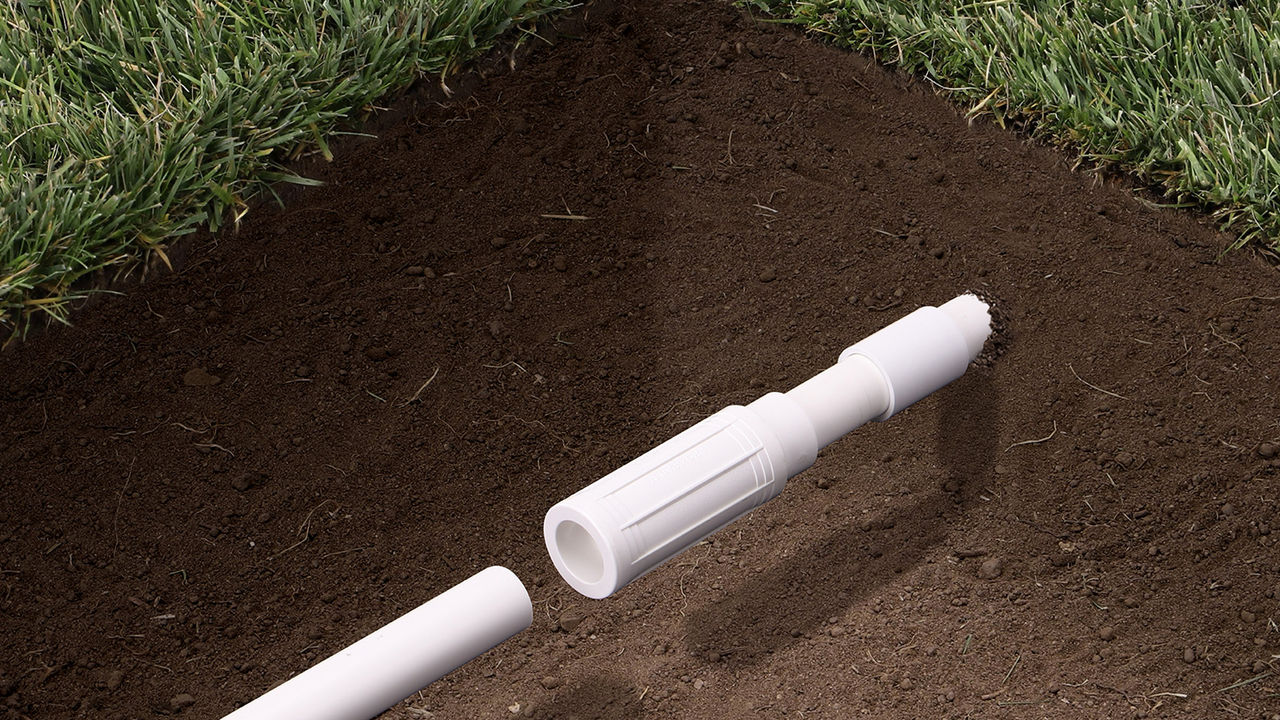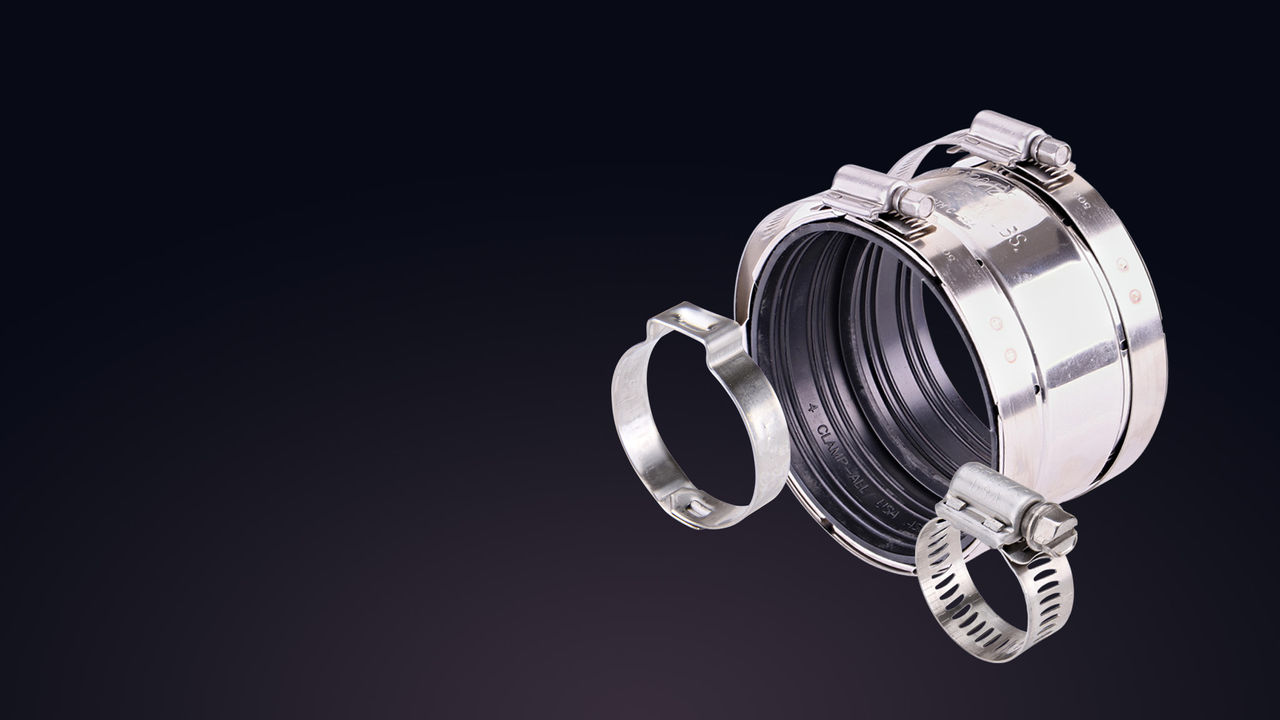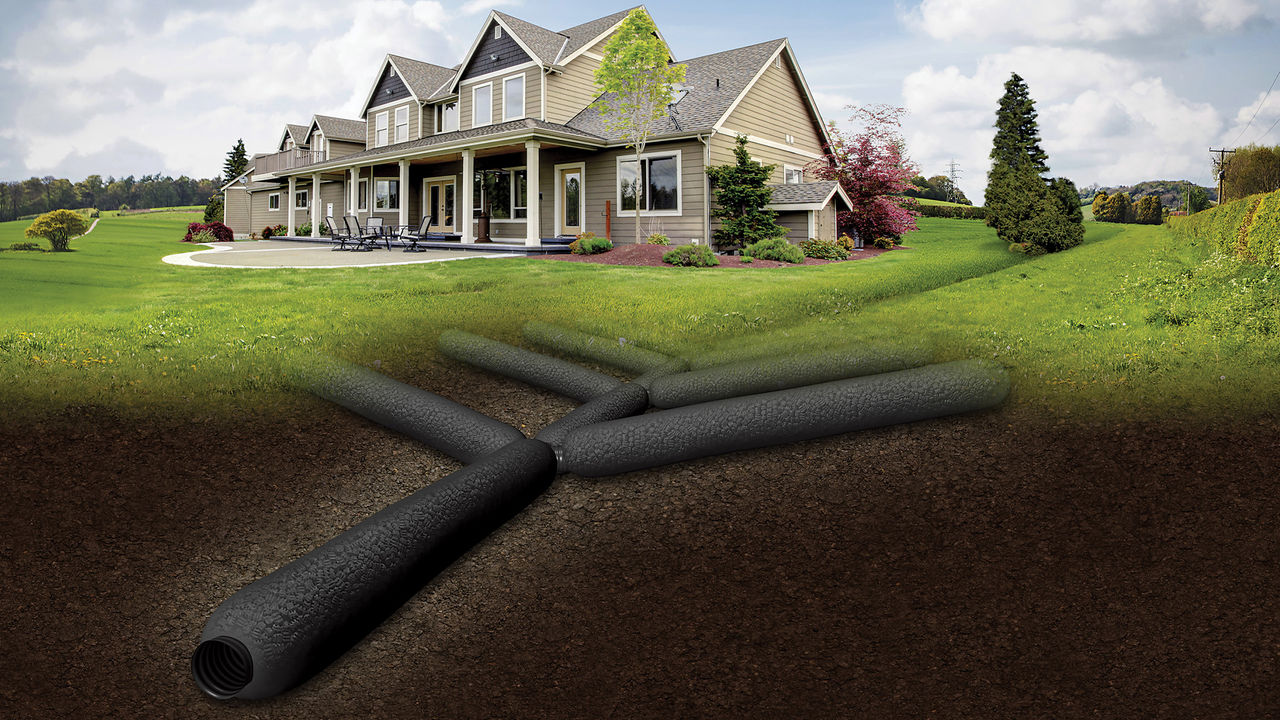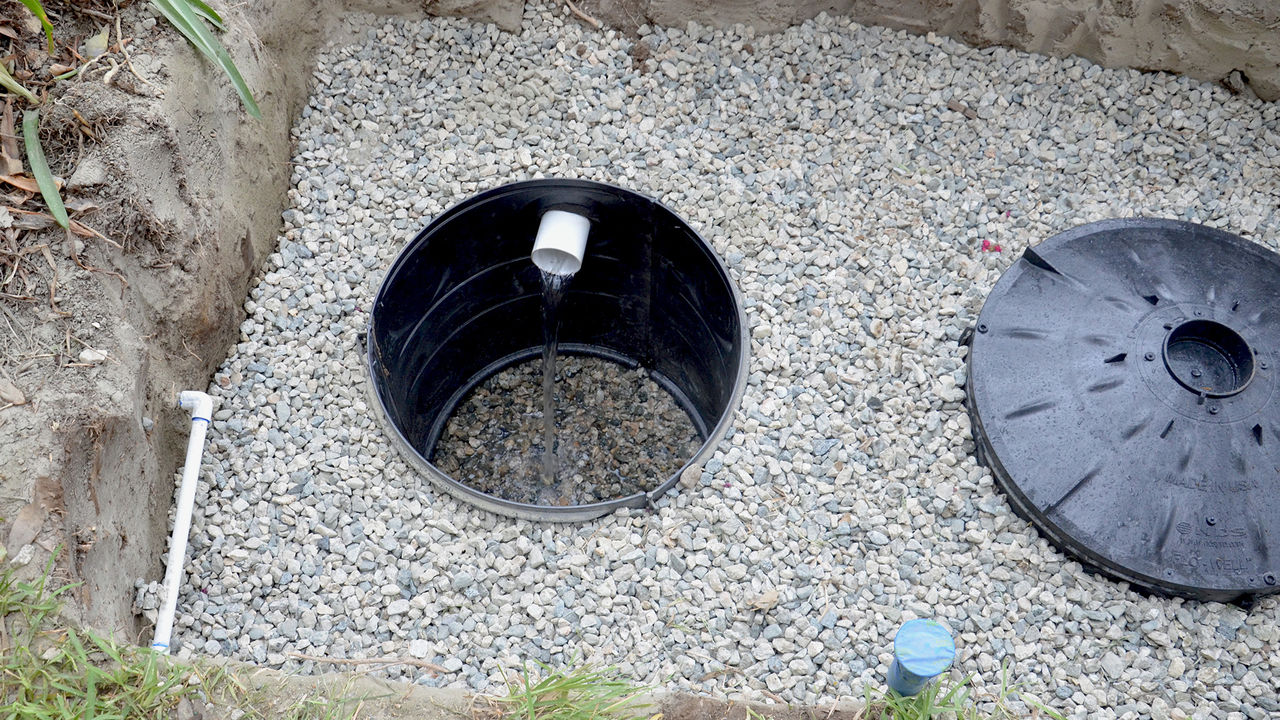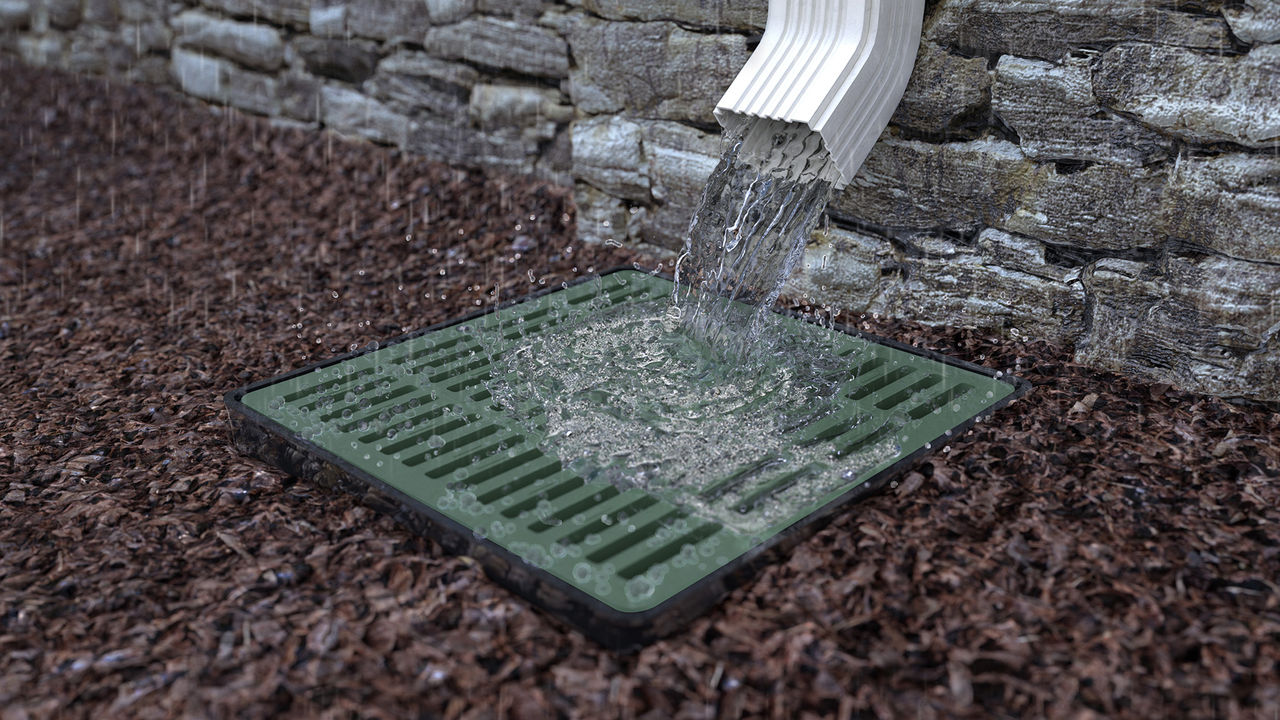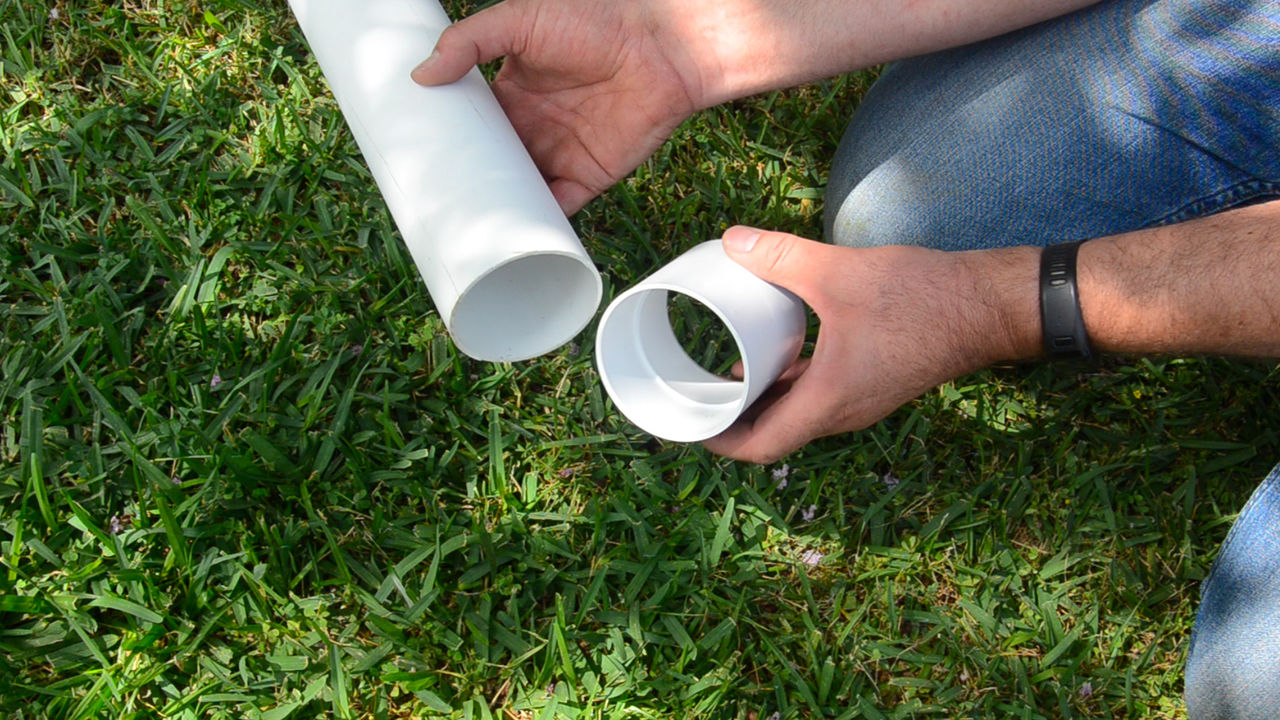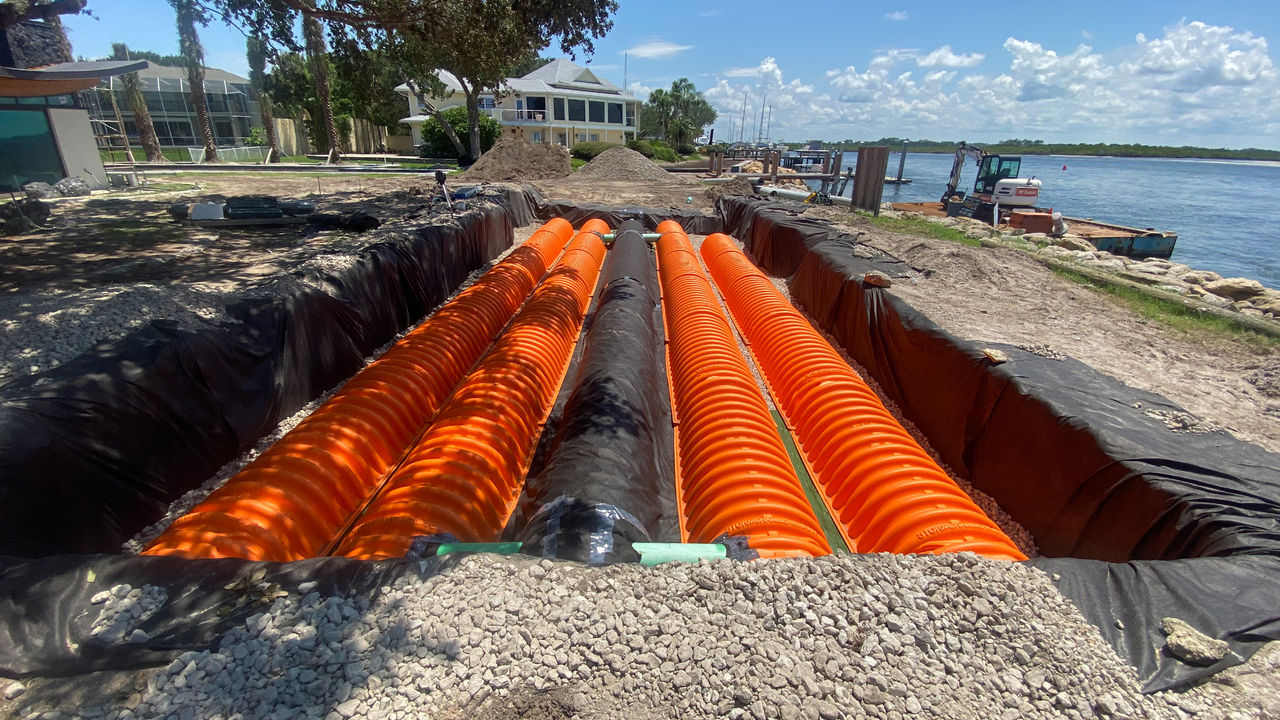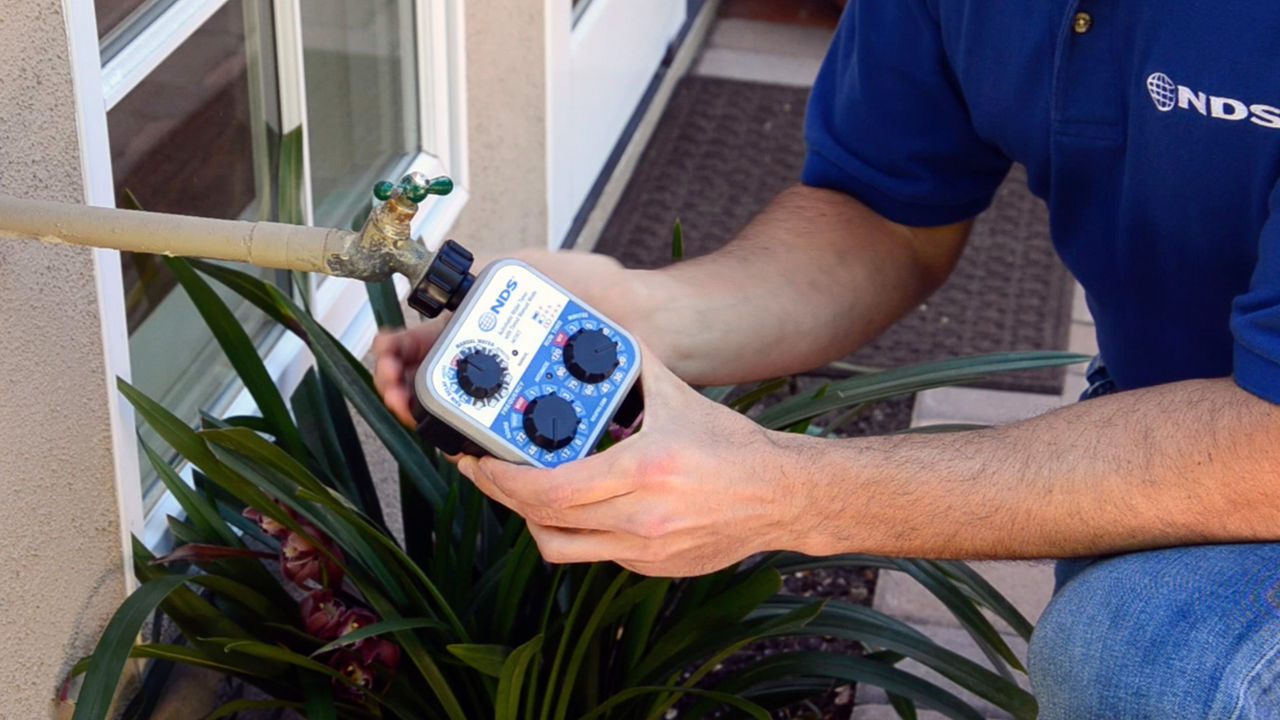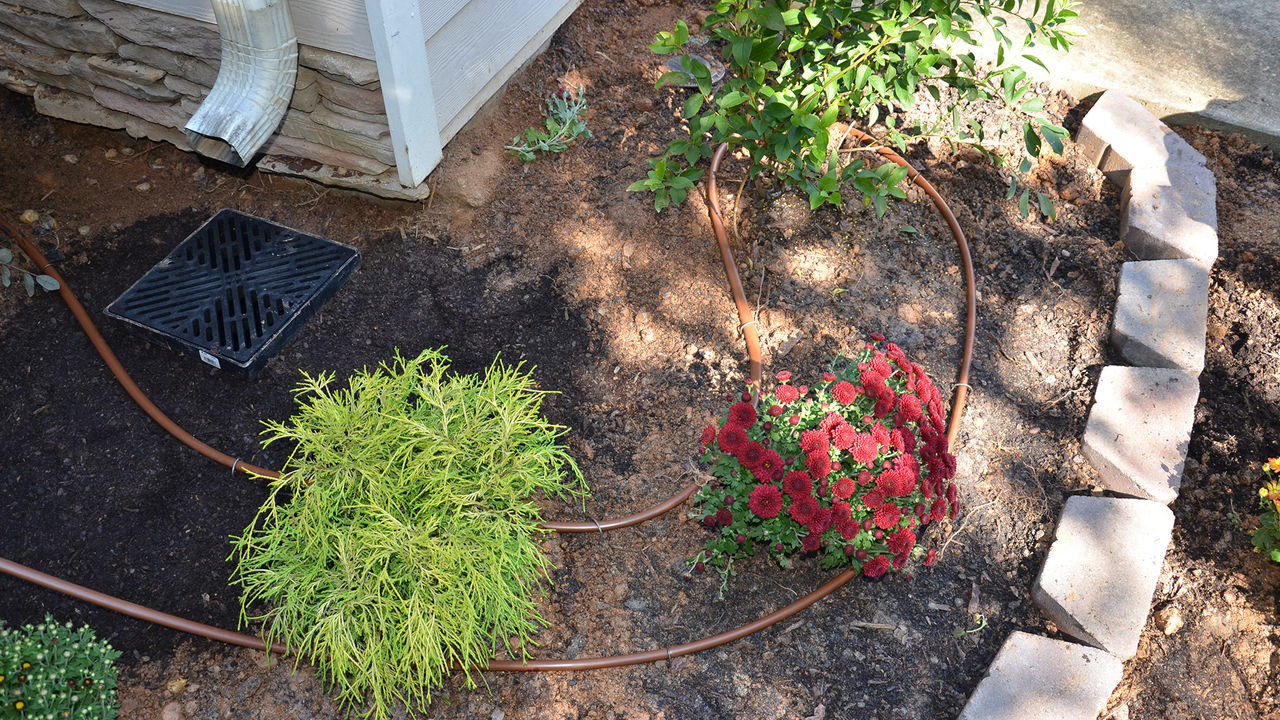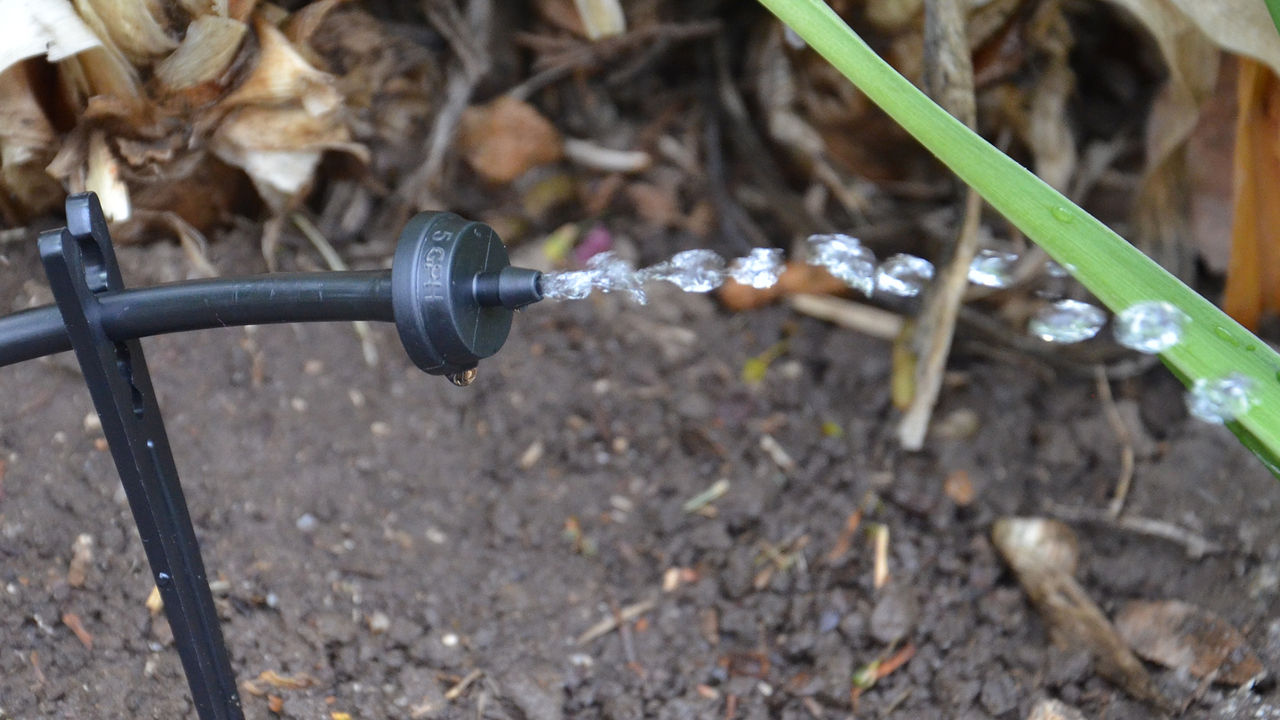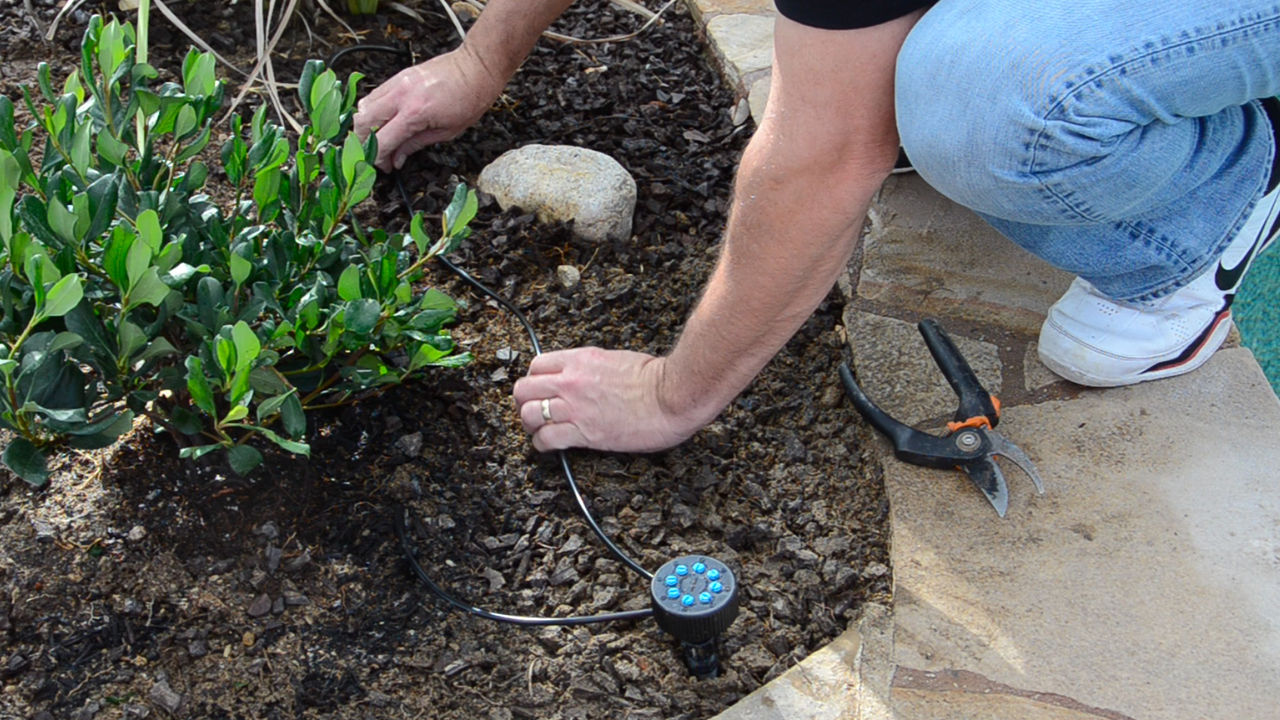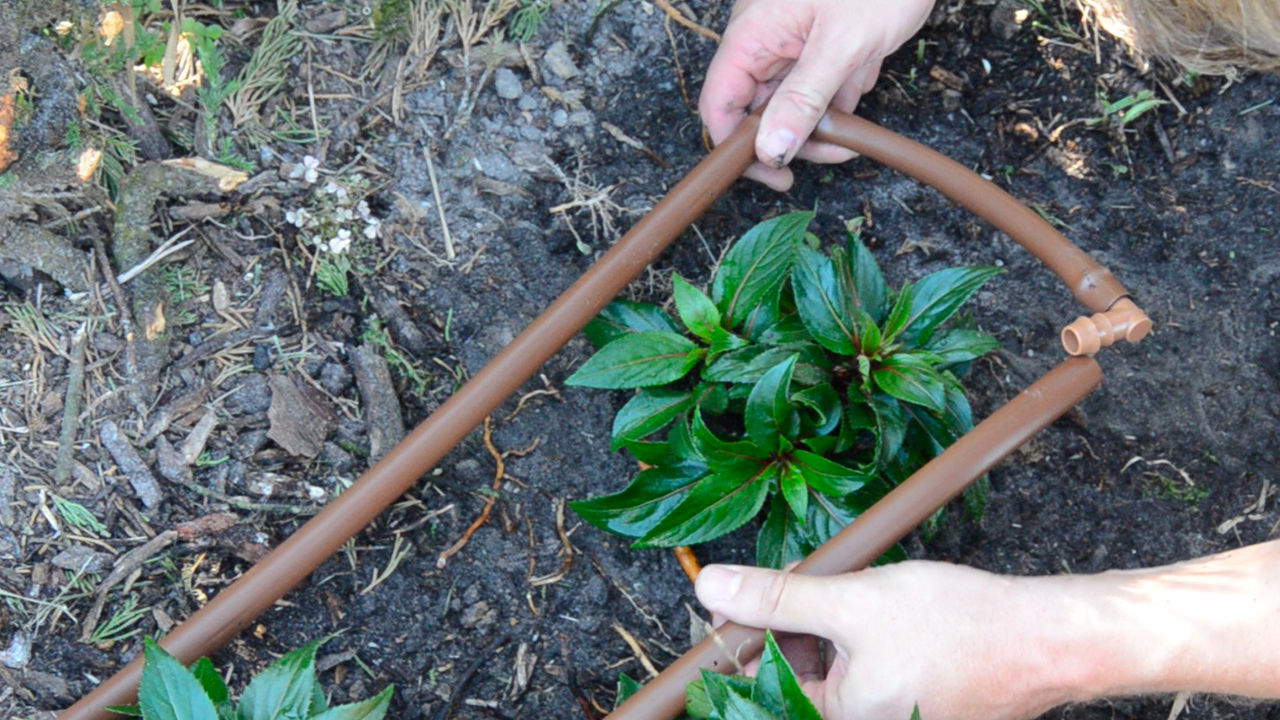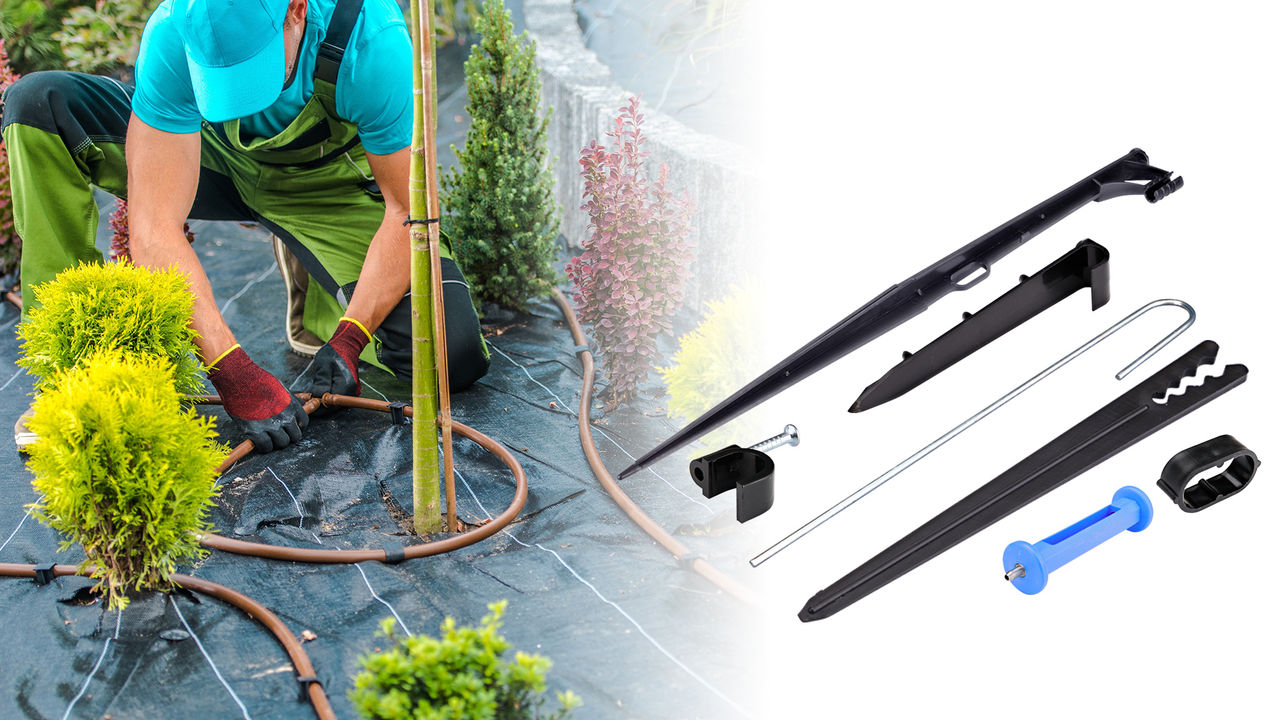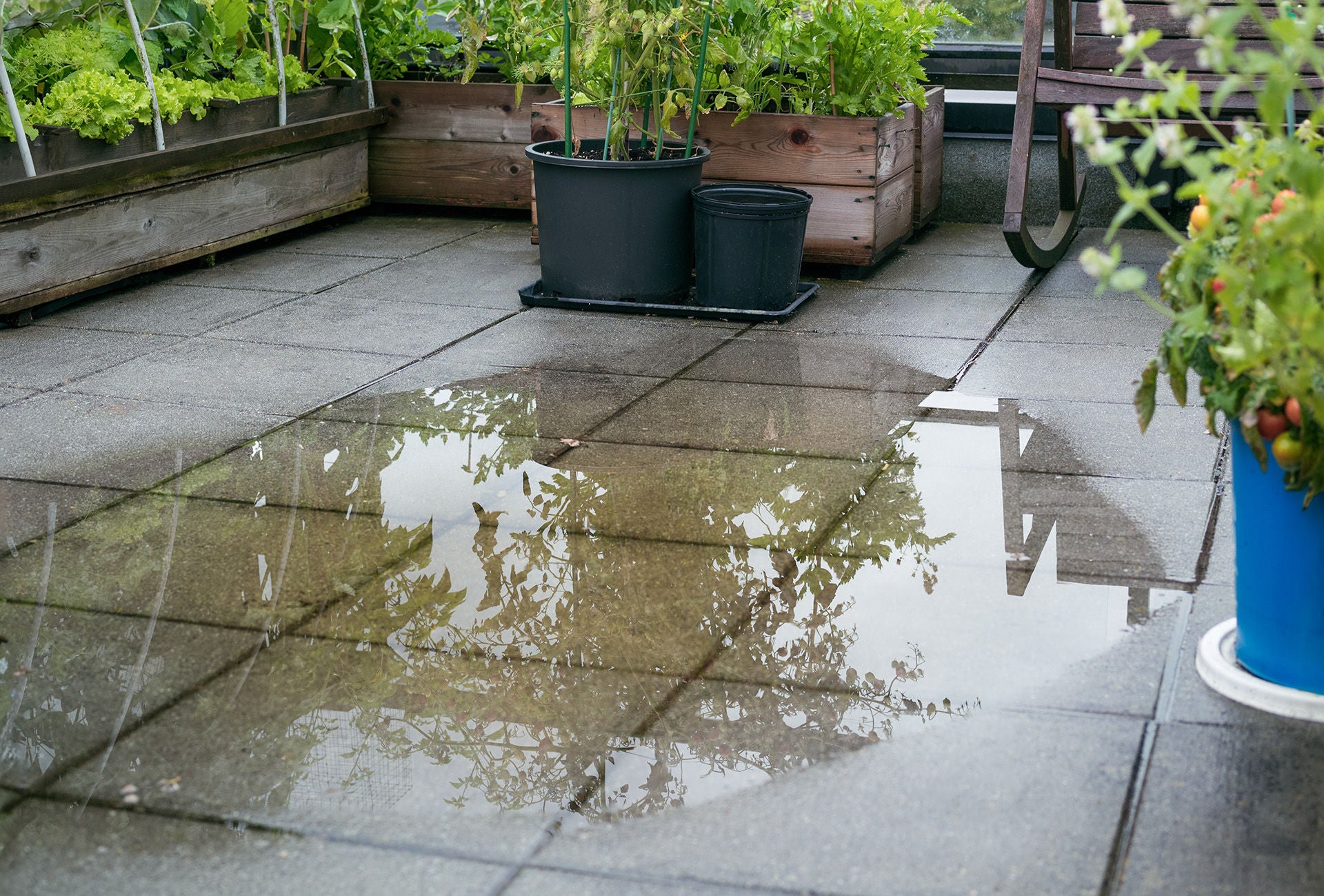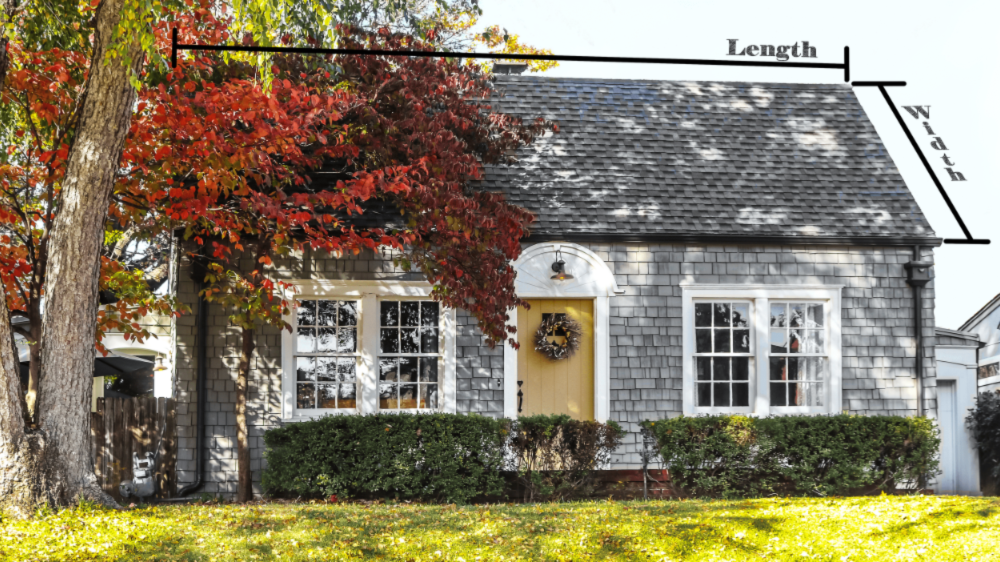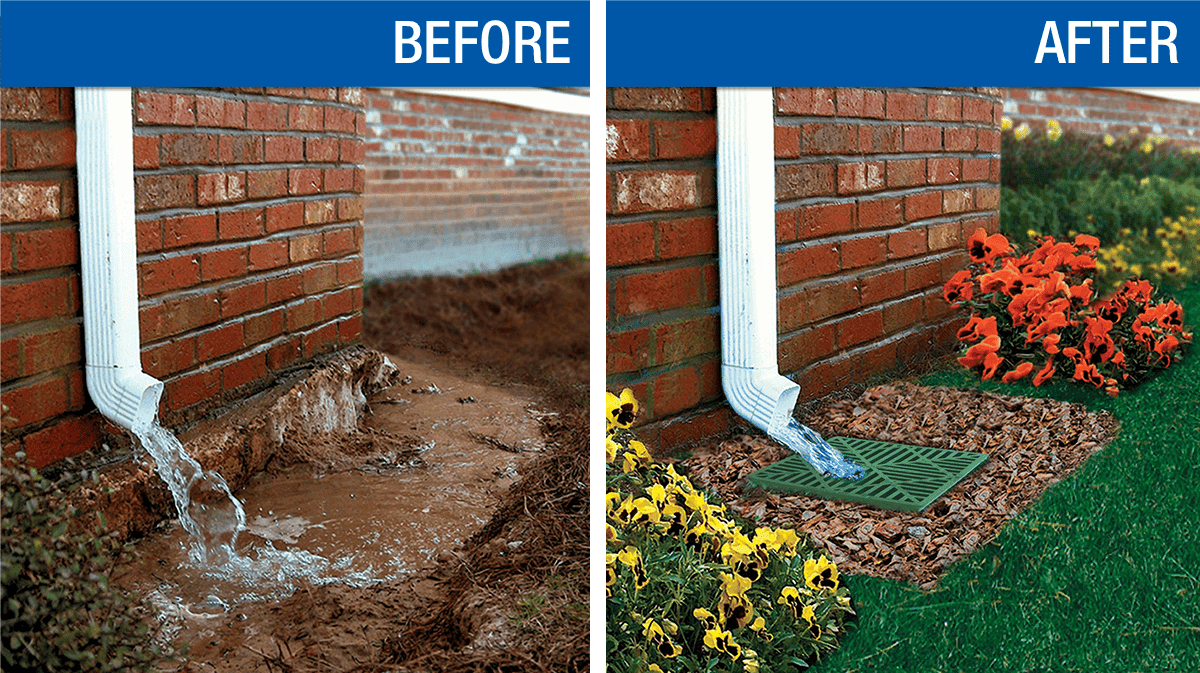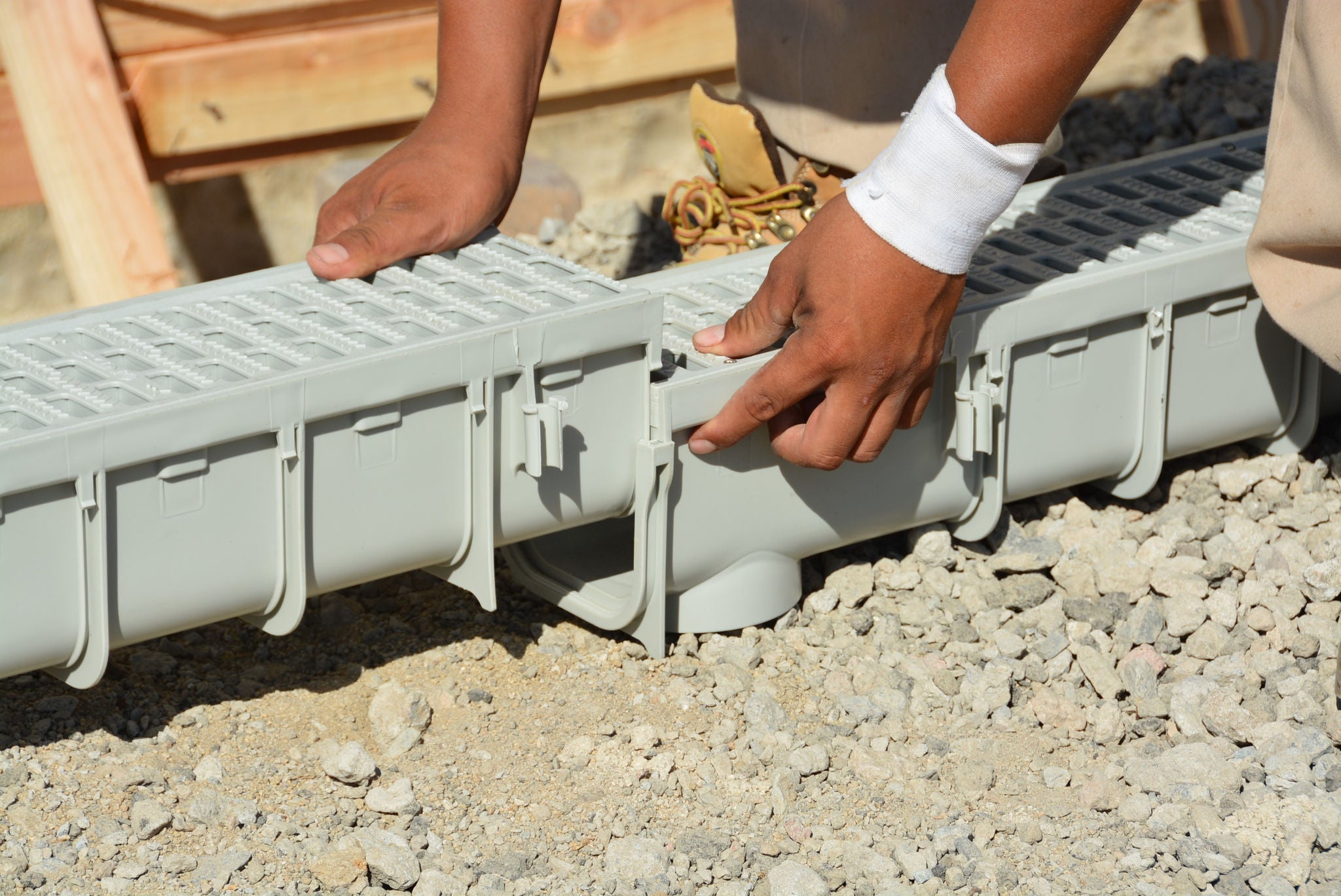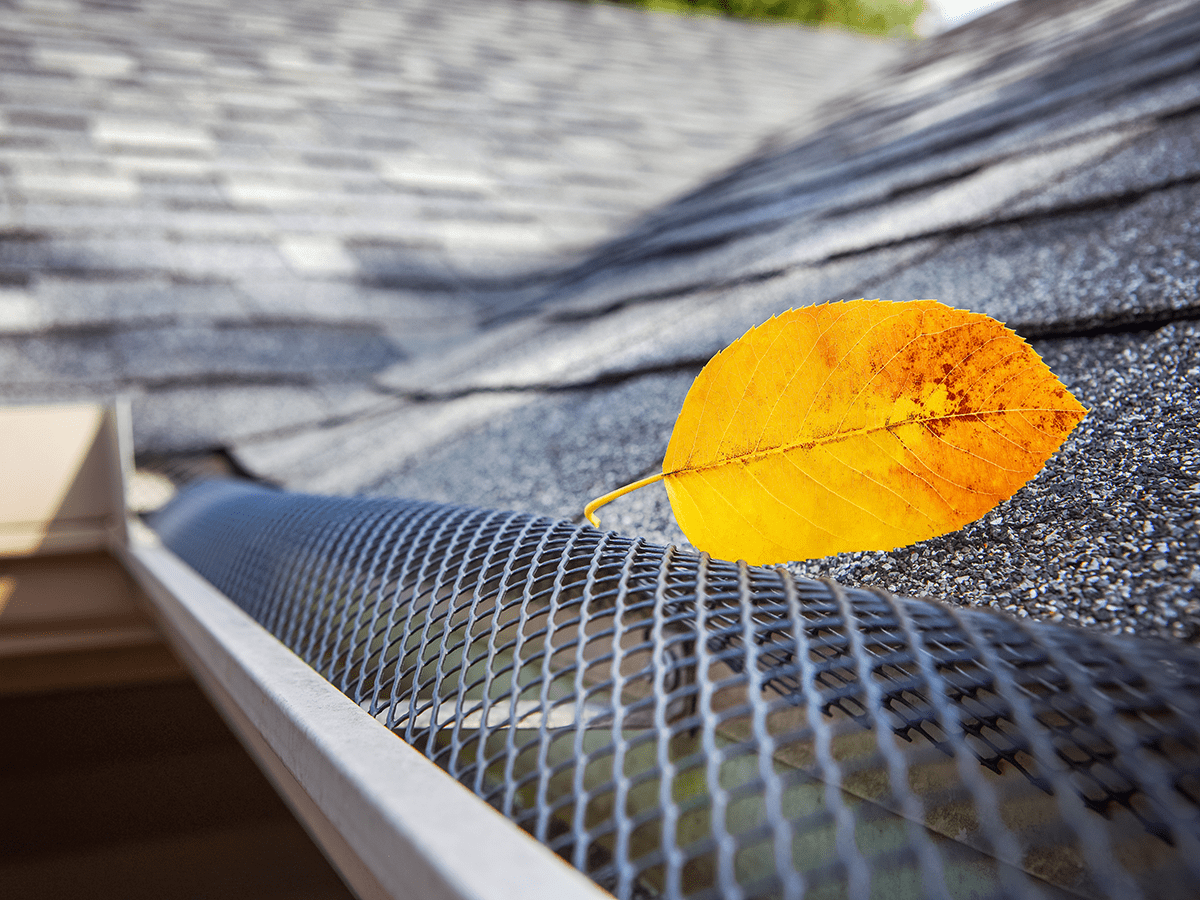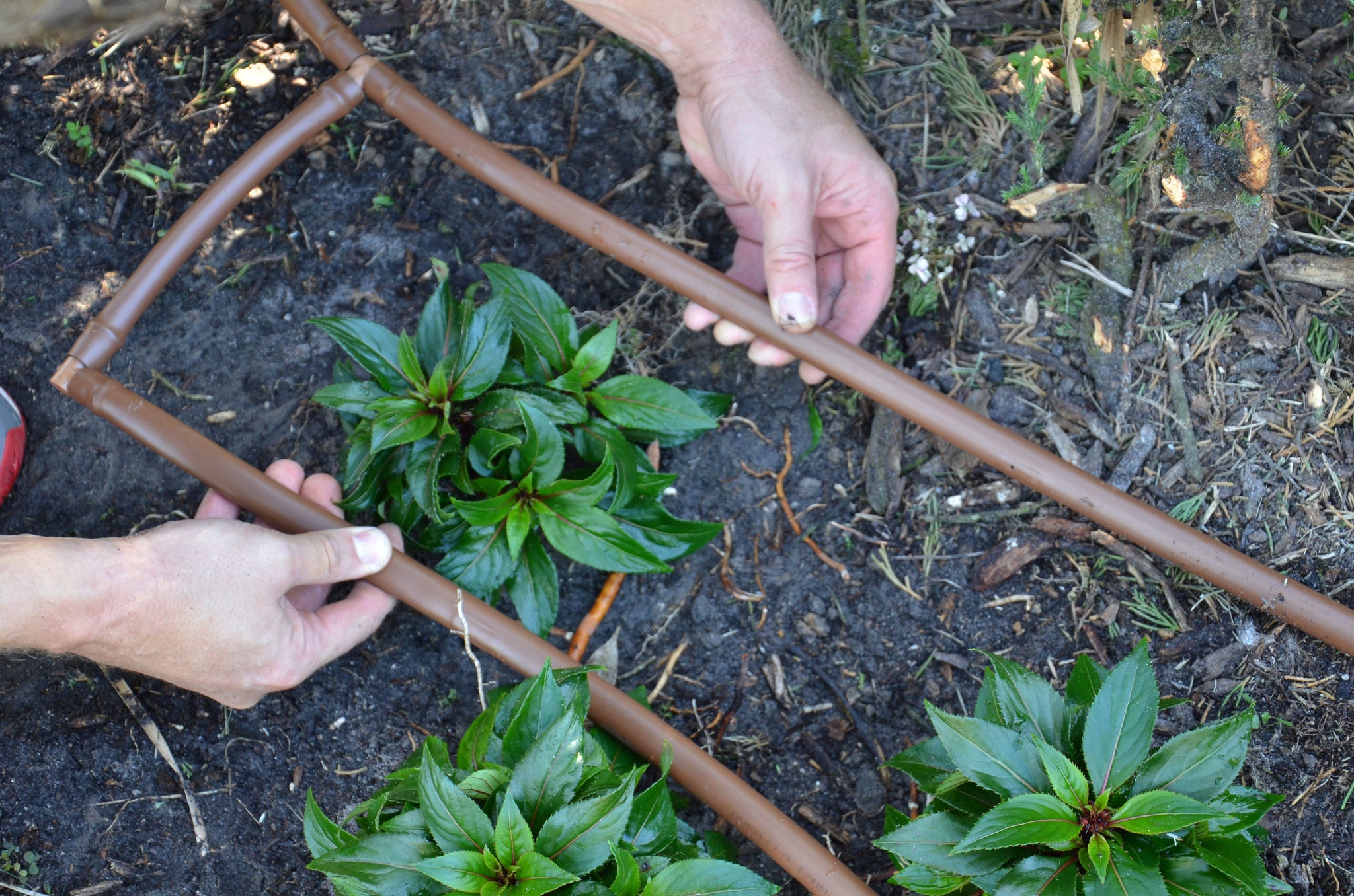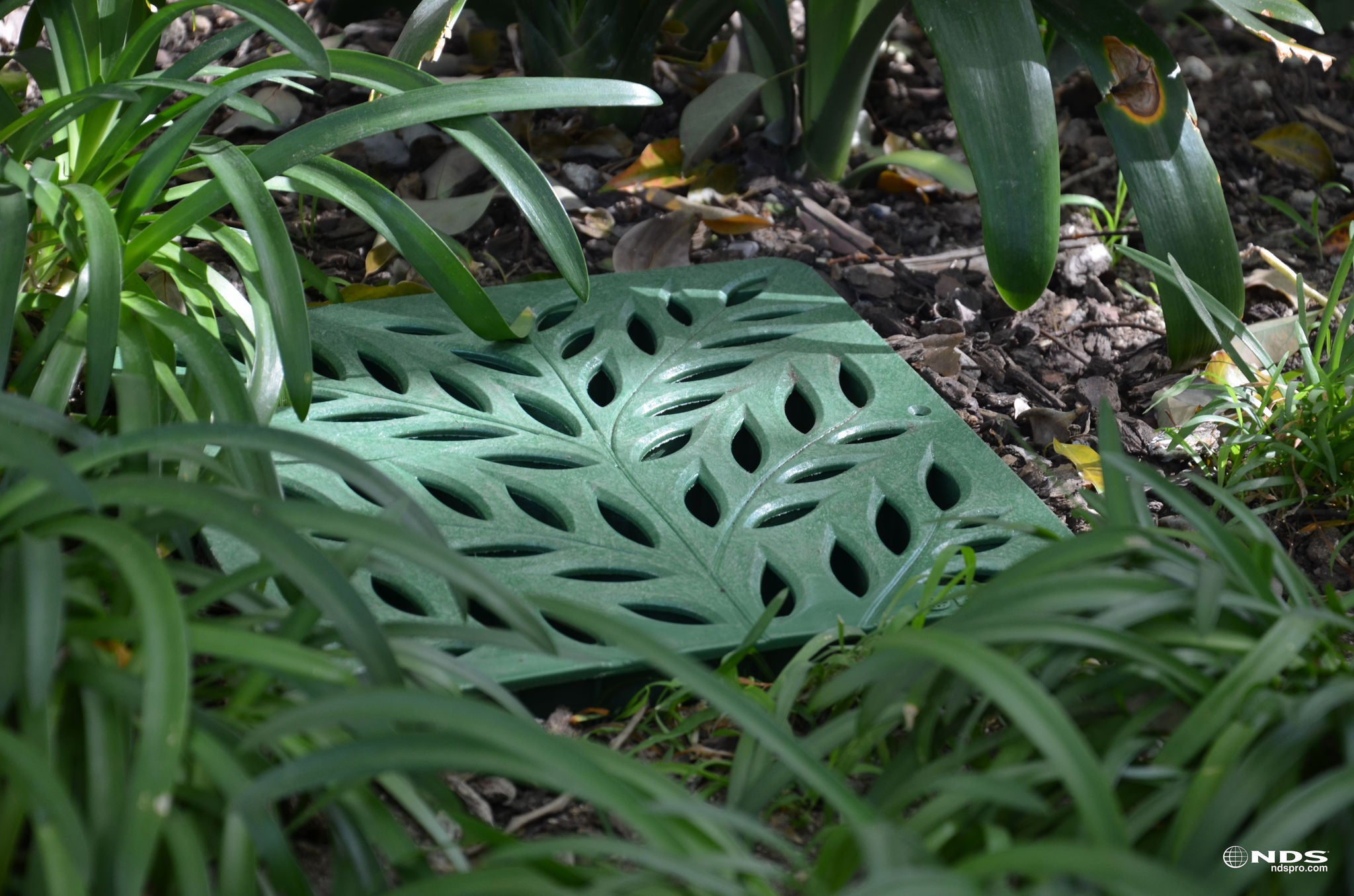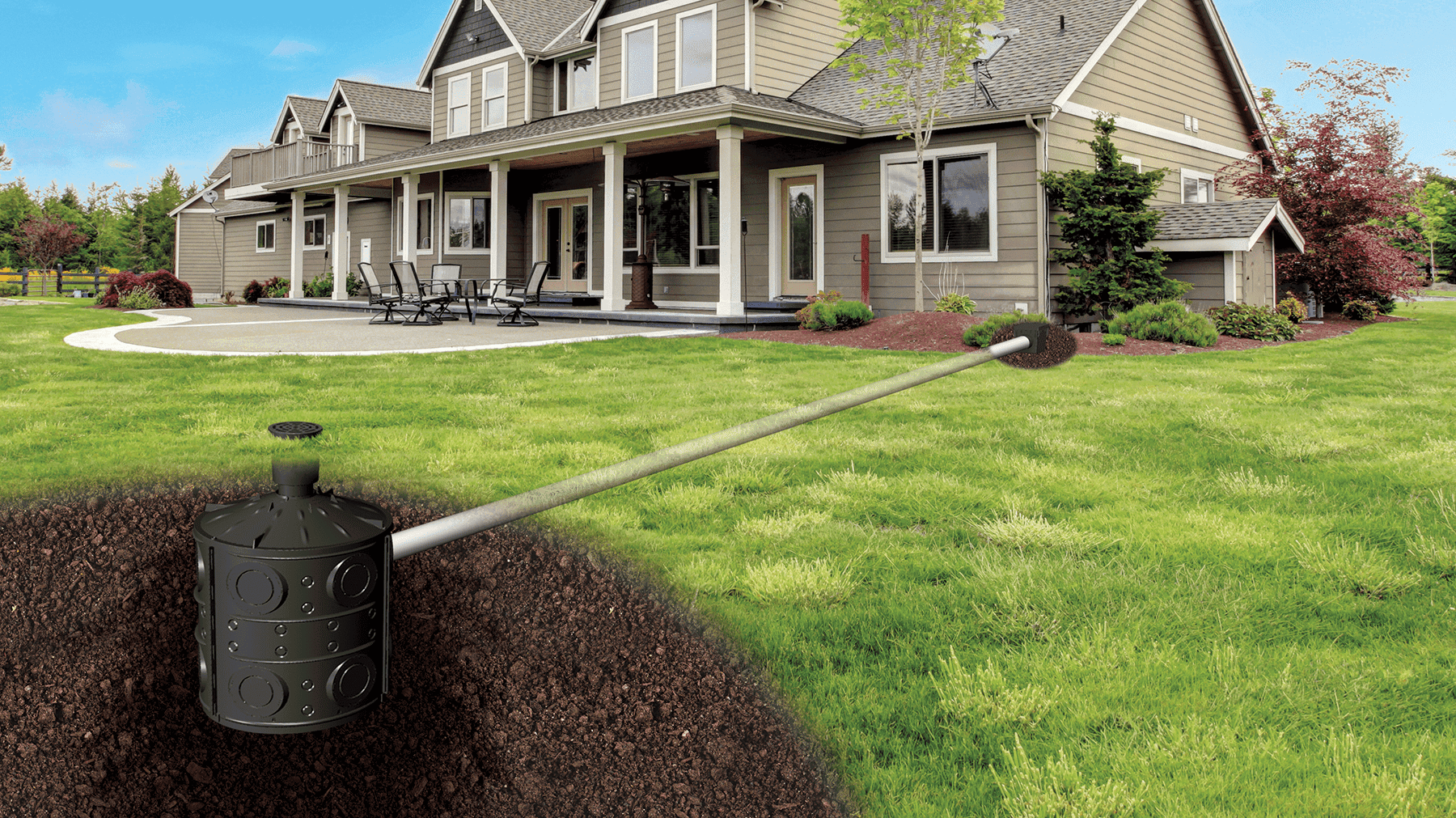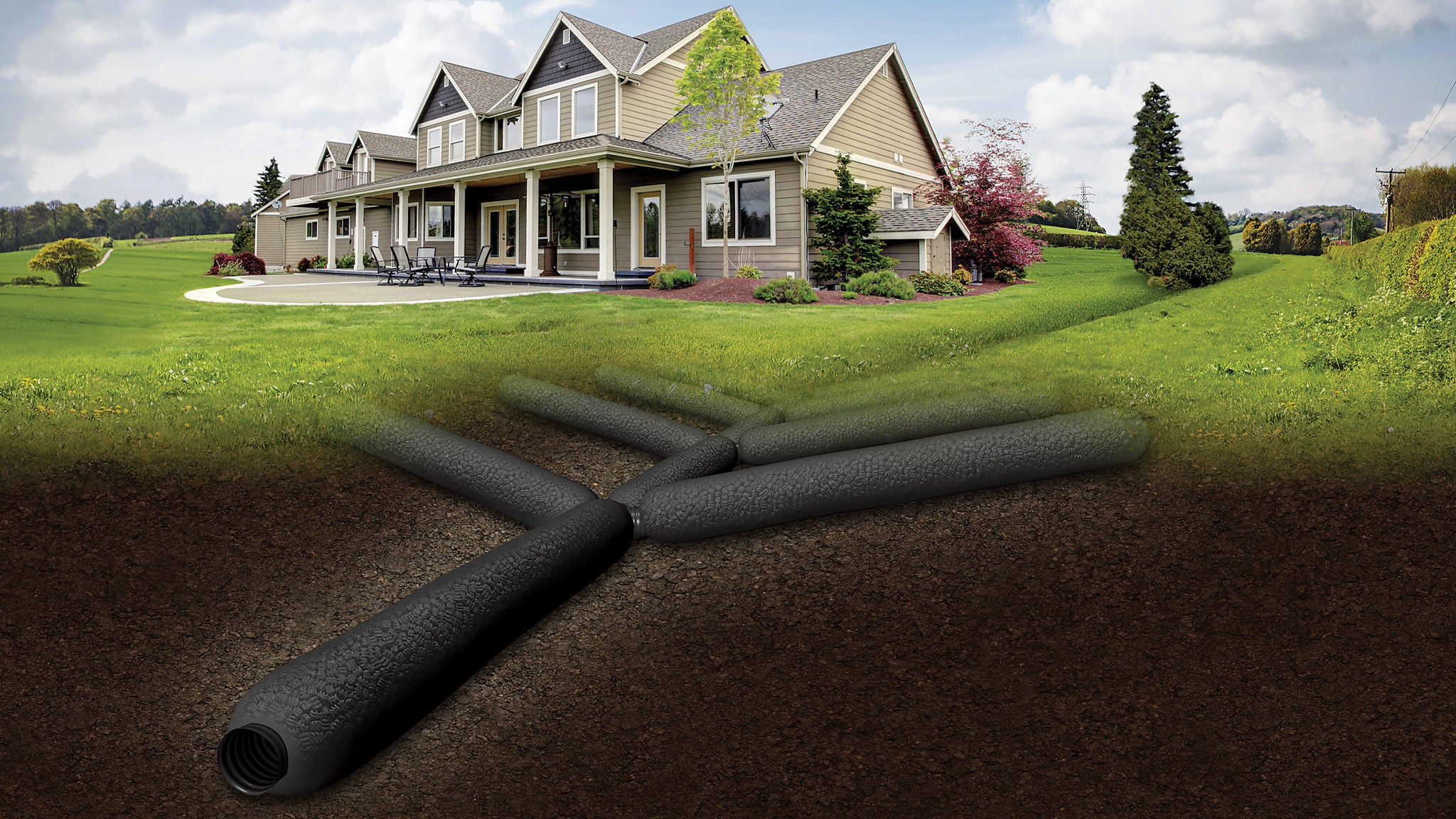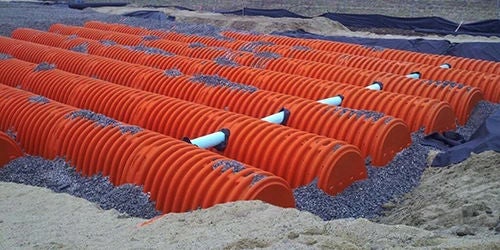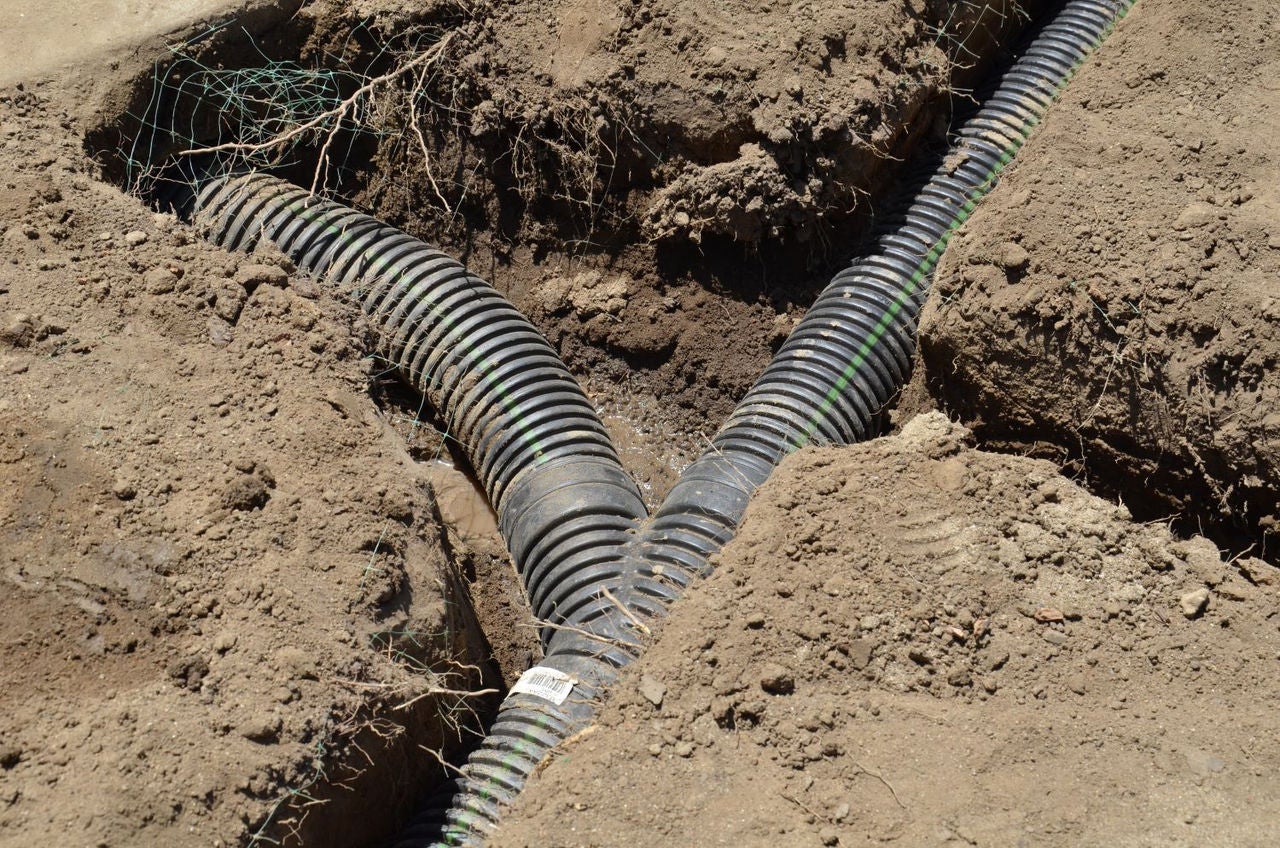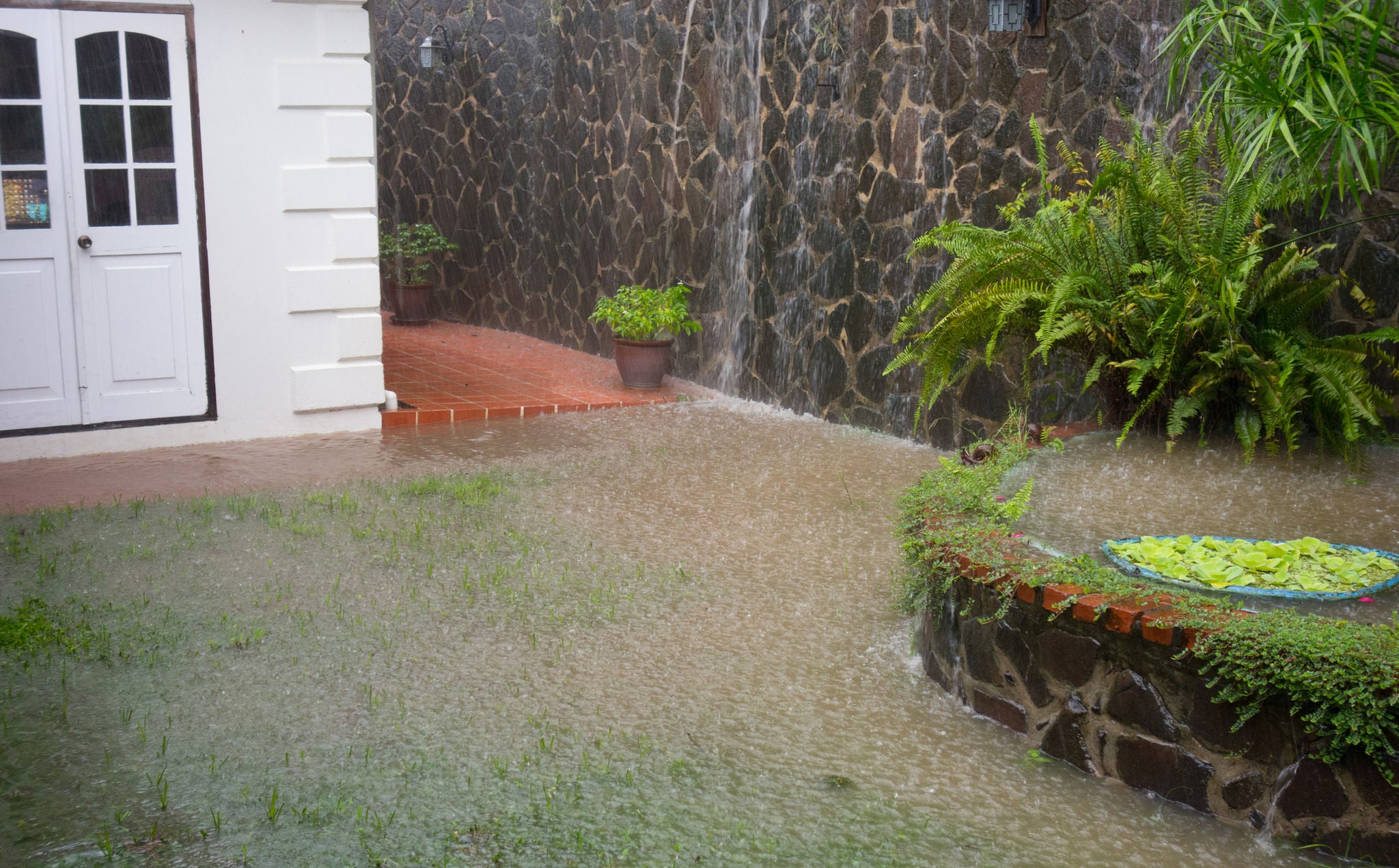By NORMA Group
Homeowner's Guide to Outdoor Property Maintenance for Spring
Spring is right around the corner! It’s time to start getting your outdoor systems ready to function for the new season. Where do you start? We interviewed Chris, a long-time homeowner in North Carolina to find out what he does to prepare. Here are some of the tips he shared to get his property ready for spring.
Step 1: Give your property an initial walk around.
“When the weather starts to get warmer, I like to do a walk around of my property,” he advised, “and I make a note of things that need to be addressed that have happened over winter and make sure they’re not going to be a problem going into the rainy season.”
- Check for leaves and debris that have accumulated against the side of your house during the winter and remove them.
- Check for signs of standing water. It is important to understand how long it sticks around, how it drains away, and how often it occurs. Once you understand why runoff collects in a certain area, you’ll be able to determine which drainage solution(s) you’ll need.

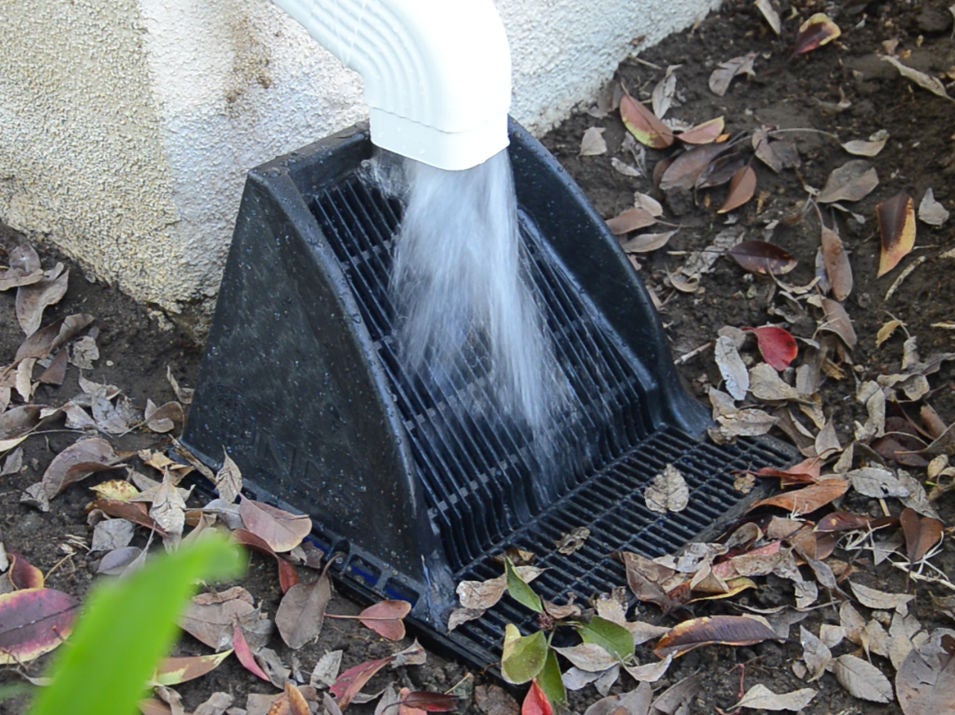
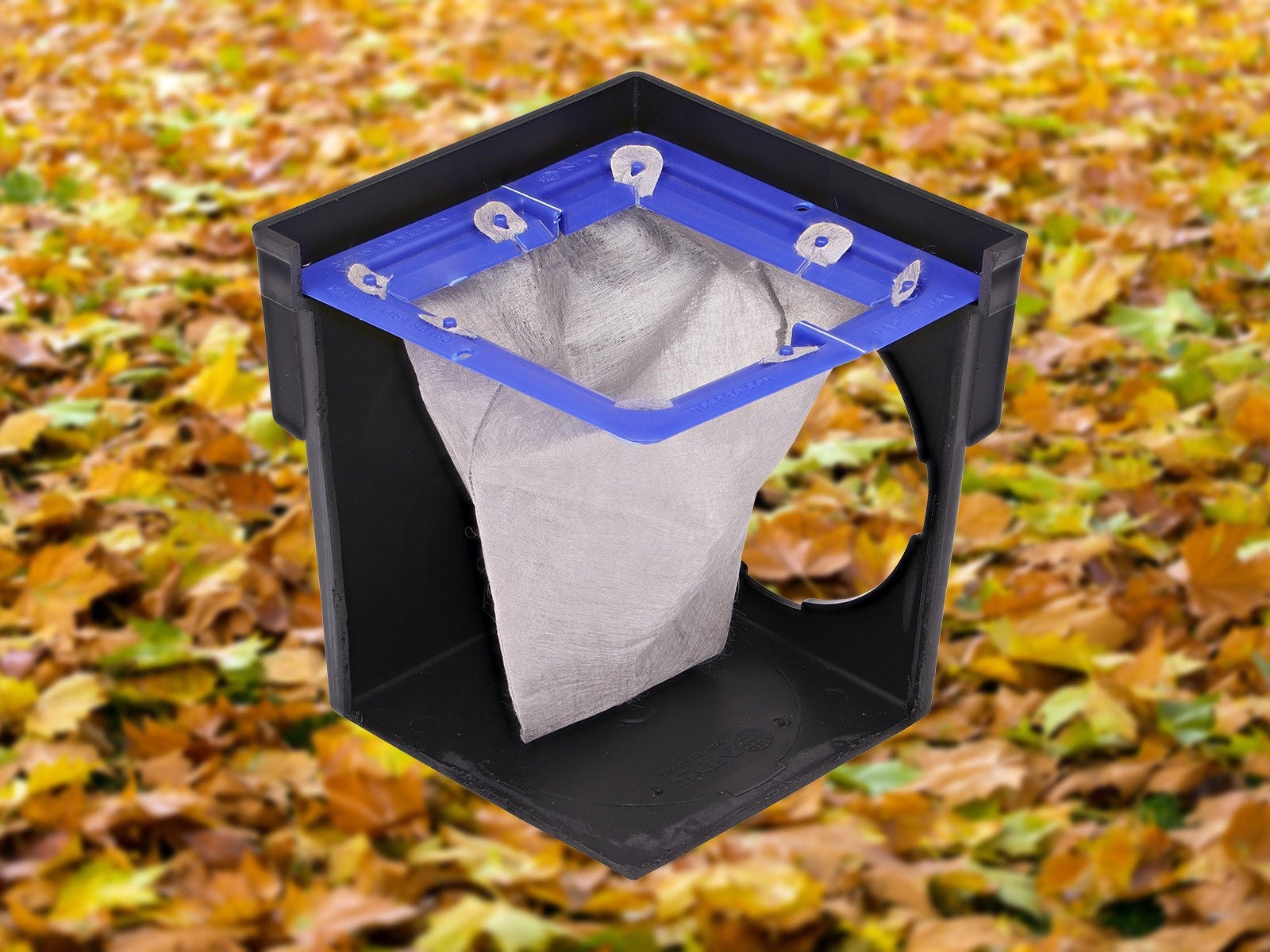
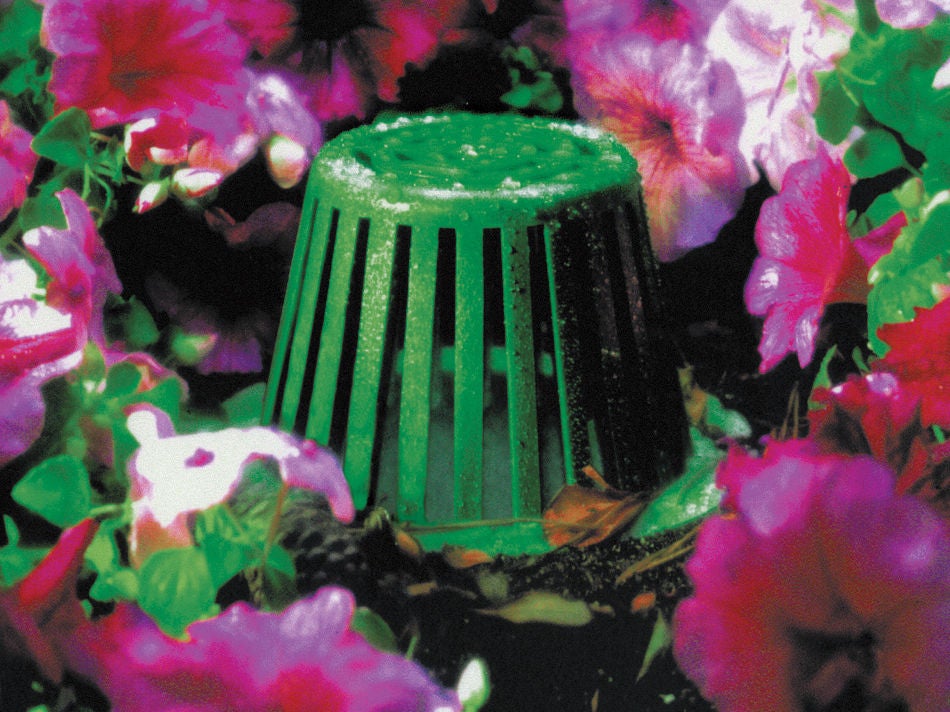
Step 2: Check your drainage system.
- Gutters are one of the first entry points into the drainage system, so make sure your gutters are cleared. Gutter guards are recommended to reduce the amount of debris that falls in.
- Check for clogs in downspouts and remove debris. If you have trees overhanging your roof, use the Downspout Defender to block gutter debris such as leaves and twigs from entering your drain and choking up your system. This unique grate has a drain design with slope to reduce the distance water falls from the downspout and prevents backsplash that could erode your home’s foundation.
- Check the catch basin grate and sump area and remove any debris. You might also consider using a drain filter inside the catch basin to capture more debris than just using a drain grate alone. Make sure grates are securely reattached after maintenance, and if they’re damaged, now’s a good time to replace them. “One of the easiest things I can do to keep my drainage system healthy is to replace broken drain grates,” Chris insists.
Step 3: Inspect your plant beds.
- Make sure drain grates are not covered up by mulch or debris. Atrium grates are ideal for flowerbeds because it can block mulch near the base while allowing water to flow through the top.
- Get your flowerbeds ready to go by putting in fresh mulch.
- When digging for mulch or planting, be cautious to not damage existing irrigation lines.
Step 4: Examine your irrigation system.
- After the last freeze of the season, turn on the irrigation main valve slowly to fill your irrigation system with water. Run each irrigation zone and check tubing, dripline, emitters, and sprinklers for proper operation.
- Repair damaged pipe and tubing, and replace emitters, fittings, and accessories as needed. Make repairs easier with the Raindrip® Drip Watering Fix-it Kit. This easy-to-carry tackle box includes over 50 drip irrigation parts.
- Check timer settings and replace batteries before reconnecting to your drip irrigation system.
- If your system has a backflow prevention device installed, inspect and test to ensure it is working properly. Contact a local contractor if maintenance is required.
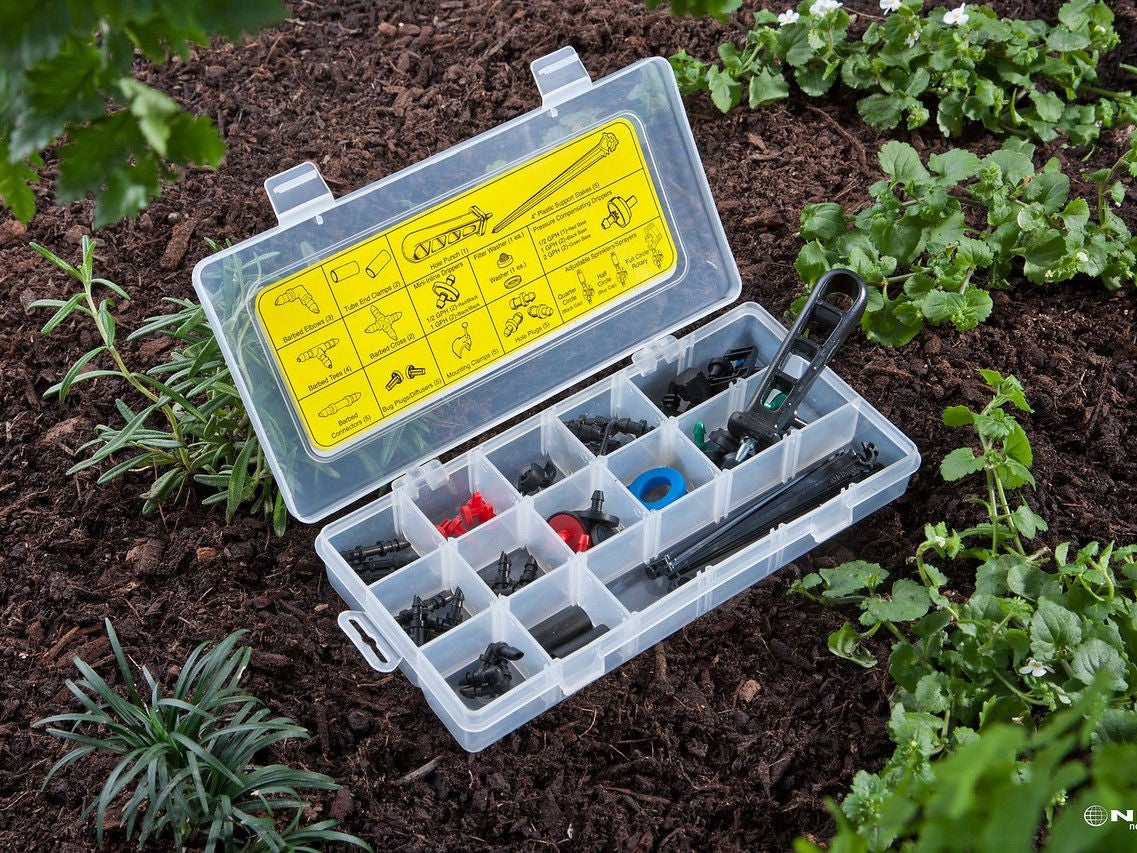
Your landscape is important since it gives life and dimension to your home. “Your lawn is also integral in framing how people view your property,” states Chris. “It’s important to me that my property is the kind of place I’d be happy to socialize on with friends and family and keep it looking its best.”
